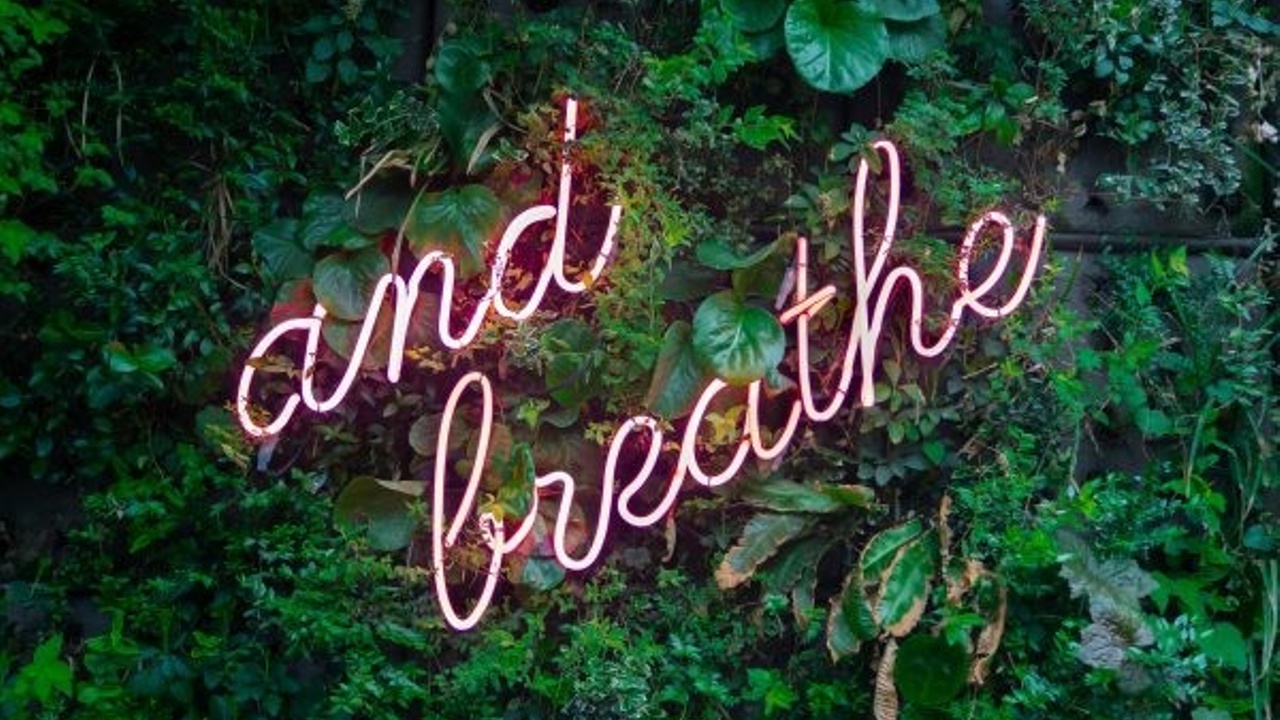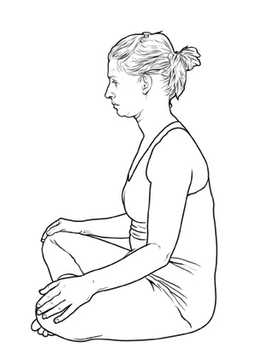Respiratory & Immune Support at Home – focus on the breath
May 24, 2023
Breath awareness
Bringing awareness to the quality of your breathing can support your immune potential, as well as your respiratory health. How we breathe is inherently linked into our immune system, as both our respiratory system and immunity are both orchestrated by our nervous system; as well as communicating with all other body systems e.g. digestive, endocrine (hormones) and circulatory.
This is reflected in our external relationship to the world – our nervous system is linked to internal thoughts and then portrays this by what is happening in our outside world. This is connected to how safe or unsafe we feel – our nervous system changes our breath and immune responses according to whether we go into mobilising fight-or-flight modes (sympathetic nervous system) or calming rest or digest modes (parasympathetic nervous system).
Breath and immunity
Our breathing is linked to our immune system in many ways, including:
• The respiratory system filters out, dust, bacteria and other microbes that might have a negative effect on our health. It has a protective mucous lining and if sensing pollution our nervous systems are signalled to produce more shallow breaths for protection, which results in less oxygen to cells.
• Nasal breathing releases the gas nitric oxide (mouth breathing does not) that both helps move oxygen into cells and works to fight off invaders within the immune system.
• Nasal breathing calms the nervous system, taking breath into the lower lungs where there are more soothing parasympathetic receptor sites. This reduces tendencies for inflammation, associated with stress states.
• Smooth and spacious breath helps deliver balance oxygen and carbon dioxide levels in the body for optimal immune health.
For optimal nasal breathing, ensure your posture is not collapsed ie you can lift your chest and draw your chin lightly in towards your throat. This is the position where the lower jaw drops, base of the skull is open and from there, cavities in the nose and throat can best allow air to freely flow in and out.
This is important in breathing or meditation practices; from the image below, you can see this example of slumped posture does not allow an easeful, soothing breath through the nose.

Raising up hips above the knees (blocks to sit on or even onto a chair) creates the natural uplift through the front body for optimal breathing alignment for the head and neck above the shoulders.

Laying down for breath practices can be most calming (as we don’t have to hold ourselves up from gravity), but ensure you have head support where the chin can drop lightly into the chest and a position that feels comfortable through shoulders, neck and lower back so you can be in the calmest nervous system states. See the examples of laying positions below.

Breath and stress awareness
We are always tracking how safe or unsafe we are; this is a healthy self-survival setting of our protective nervous system. The possible reactions or responses to stimulus coming into our environment can come from conscious mindful involvement or unconscious drivers. The more we can become aware of our responses in life, we more opportunity we have to bring our nervous system down from heightened responses and live less in states of ‘constant alert’.
One of the ways we can tune in to how we feel is to look around our present environment (orient) and notice if our current moment situation is actually safe. If we are in no present physical or emotional danger, acknowledging this can help us tune into our breath and register that sense of potential safety through our whole mind-body. Given that so many of our inner voices of ‘not safe’ – as fears, worries, panic, anxiety, being ‘on edge’ or even simply difficulty relaxing – were laid down in childhood as settings of how we relate to the world, we need to bring these to awareness to meet them. The tones of our breath and how this affects our bodies is a good place to start.
Diaphragmatic breathing

The average human breathes erratically, accessing around only 10 per cent of their available range, delivering sufficient gaseous exchange for survival, but not to thrive. Our lungs are not muscles, but really on the muscular action of the diaphragm, the upside-down bowl shaped muscles at the bottom of the ribs.
Full diaphragmatic expression means feeling the diaphragm softly out to its sides. For healthy breathing, the belly area needs to able to fully relax on inhale. This allows space for the tissues and organs of the lower abdominal area to be pushed downward by the contraction of the diaphragm as we inhale. The belly also needs to be able to contract slightly (or more deeply when appropriate) on the out-breath to facilitate a full and deep emptying of stale, old air in the lower lungs, and allowing parasympathetic (rest-and-digest) nervous system calm.
Diaphragmatic breathing – primary breathing uses the diaphragm with an easy exchange of filling and emptying the lungs, the chest expands and the diaphragm moves downwards to inhale, rising back up as the chest drops to exhale (see illustration above). Lying down, this can be seen as the belly rising and falling. It’s the most energy-efficient, oxygenating breath and the least stressful to the muscular system.
Thoracic (chest) breathing – when we’re stressed or the diaphragm can’t move fully, our breath moves to the upper chest and shoulders; called secondary breathing. During the fight-or-flight response, this causes quicker, shallow breaths for quick oxygenation to the brain. Many people get stuck in this pattern, using up energy and creating tension in the neck and shoulders, with postural ‘holding’, jaw clenching and sensations shut off in these overworked areas.
Research has shown that most people use just 25 per cent of their breathing capacity, tending to focus either into the top of the chest or just in the belly. This means less natural fluidity in the spine as we breathe and potentially pain in the mid back and lower ribs, as well as reduced core stabilisation through reduced spinal support.
Daily tips for breathing that supports immunity:
• Focus on the exhalation to reduce built-up stress. The out-breath relates to the calming, parasympathetic tone of the nervous system and when we are on even low level ‘constant alert’, we can tend to shorten it to draw in the more energising (sympathetic) inhalation to keep the brain in protective, vigilant modes; often without noticing. Allow rather than force a spacious exhalation that comes to its natural conclusion with a pause at the end before the inhalation comes in with ease.
• It is also really helpful to ‘sound’ our breathing. To make noises like “ahhh” or an “oooh” or a “hummm” really vibrates all the passages and is calming for the mucus membranes. These are also shown to be more calming for the nervous system because they help to activate the vagus nerve, which is behind the ear and neck, leading into the body. This, in turn, helps with the self-soothing and our potential for calm.
• Try to lie down and do some breathing exercises every day. It’s best to lie down because then gravity works for us instead of against us. Your diaphragm can move more freely, you can place your hands on your diaphragm area around your lower ribs and simply feel your breath there without having to force yourself to breath heavily.
• Make sure you also move around the jaw and the face regularly, moving into the tongue so you can rotate the tongue and the nose, freeing up all of the areas around the airways, our breathe passages and eventually then into the mouth. Our respiratory pallet really helps the health of the mouth and mucus passages and has the overall calming of the nervous system that is so important.
Listen to Charlotte's podcast, Calm in the Belly, via Apple Podcast here or via Soundcloud here.
Discover Whole Health with Charlotte here, featuring access to yoga classes, meditations, natural health webinars, supplement discounts and more...





